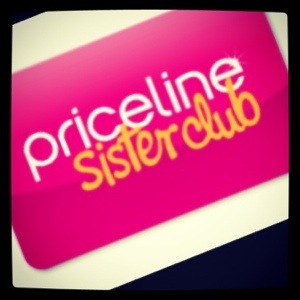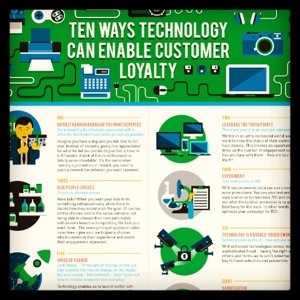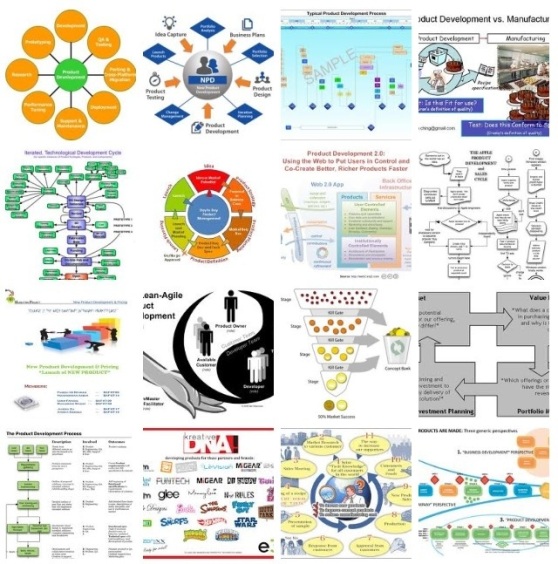I recently heard colleagues in my office talking about emails and coupons they had received from Flybuys, and it made me wonder: is Flybuys really back?
In the heyday of Flybuys in the 1990s everyone seemed to have a card. Run by the now defunct Coles Myer group, you could earn points at a variety of stores across the country. Despite well trained sales staff continuing to ask whether you had a Flybuys card at every opportunity, sentiment towards the program seemed to have changed drastically over the last 10 years. Customers appeared to question the value of a program that they had been using for some time without delivering any real rewards – did anyone ever get enough points to do something with under the old system? Flybuys started looking more like a data collection program, and our enthusiasm to use it starting waning.
With Coles’s purchase by Wesfarmers and it’s subsequent transformation, Flybuys has also been given the makeover, and it appears to have worked at least from a consumer standpoint. It’s relaunch faced by Dawn French and coupled with a My-5 discount on your favourite 5 items was brilliantly executed, it’s points seem to have a higher perceived value than previously, and all of a sudden it’s cool to bring out your card again.
The greatest change however has been the clear use of big data to drive tactical offers to gain a bigger share of each consumer’s wallet. Like my colleagues who compared notes on the topic recently, on a weekly basis now I’m getting targeted emails with “offers just for me”, and scarily enough each item in the email are things I always buy. Whilst this can walk a fine line with being creepy (target in the US got in trouble for this a few years ago), on the whole Flybuys seems to be walking the fine line well.
The new Flybuys is delivering a substantially stronger value exchange with consumers, and is hopefully driving a strong business outcome for the Coles group. It will be interesting to see how Woolworths Everyday Rewards will rise to the challenge.





